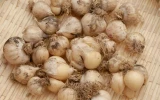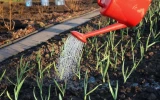Average Garlic Yield per Acre (What to Expect)
When farming garlic, an important aspect to consider is the average yield per acre, which can vary based on factors like climate, soil type, and garlic variety. In this article, we'll offer a glimpse into what farmers and gardening enthusiasts can expect when they decide to grow this aromatic bulb.
On average, garlic yields range from 10,000 to 15,000 pounds per acre. Softneck garlic, commonly grown commercially, yields up to 15,000 pounds per acre. Meanwhile, hardneck garlic, preferred for its flavor, typically yields less, around 8,000 to 10,000 pounds per acre.
Did you know that where you plant garlic can also make a huge difference in how much you harvest? Different places have their own tricks for boosting garlic yields. Let's explore how your location could be the key to getting loads of garlic from each acre!
Summary
- Hardneck garlic varieties generally yield between 4,000 and 6,000 pounds per acre, whereas softneck varieties can yield between 6,000 and 10,000 pounds per acre.
- In California, garlic yield can be as high as 20,000 pounds per acre, while in Oregon, it ranges from 13,000 to 18,000 pounds per acre.
- Under optimal conditions, including proper soil preparation, ideal weather, and effective pest management, garlic can yield exceptionally high amounts, reaching up to 30,000 pounds per acre, significantly more than the average yield of about 15,000 pounds per acre.

On this page:
Yield of Garlic per Acre
With the right conditions, you can potentially harvest around 15,000 to 18,000 pounds of garlic from a single acre. Your yield will depend on a variety of factors, including soil quality, the specific garlic variety, and your location.
Garlic varieties and their average yield per acre
When planting garlic, your yield per acre can vary significantly based on the variety you choose.
| Variety | Average Yield (lbs/acre) |
|---|---|
| Hardneck garlic | 4,000-6,000 |
| Softneck garlic | 6,000-10,000 |
| Elephant garlic | 3,000-6,000 |
| Gourmet garlic | Varies |
Hardneck garlic varieties, like the robust 'German Red' or the spicy 'Romanian Red', typically yield less than softneck types due to their larger clove size and lower clove count per bulb. Yet, they are valued for their distinctive flavors and scapes.
On the other hand, softneck garlic varieties such as 'California Early' and 'California Late' usually produce more bulbs per acre because they have more cloves per bulb and are easier to grow in a variety of climates.
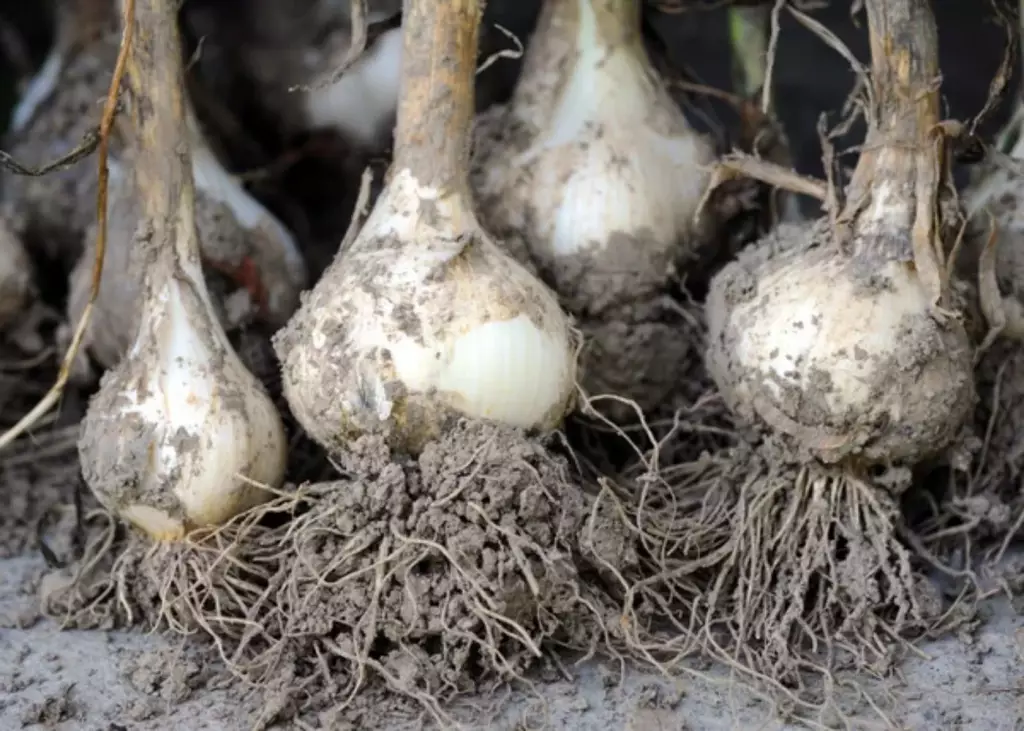
'Elephant garlic', which is a leek, offers a milder flavor and larger bulbs but typically yields fewer pieces per acre due to its size.
Gourmet varieties like 'Amish White', 'Roja', and 'Cuban Purple' appeal to those looking for unique flavors and may fetch higher prices, albeit with variable yields.
Specialty types like creole and silverskin garlic are well-suited for warmer climates. Meanwhile, continental cultivars, such as 'Italian Red' and 'Valencia', adapt well to cooler climates, which can affect their yield.
Average garlic yield per acre for different regions
When you're growing garlic, your yield per acre can vary significantly depending on where you're located.
| State | Garlic Yield per Acre |
|---|---|
| California | 20,000 lbs/acre |
| Oregon | 13,000 - 18,000 lbs/acre |
| New York | 10,000 - 15,000 lbs/acre |
| Washington | 15,000 - 20, 000 lbs/acre |
In California, favorable conditions often lead to an average yield of about 20,000 pounds per acre. California's climate is conducive to garlic varieties like 'White,' 'Italian,' and 'German Red'.
Moving north to Oregon, the climate is cooler, which can affect garlic growth differently. Here, you might see average yields that are slightly lower, around 13,000 to 18,000 pounds per acre.
In contrast, New York has a different climate and soil composition. The yields here can fluctuate more but generally range from 10,000 to 15,000 pounds per acre.
Washington State, similar to Oregon, can also produce robust yields thanks to its climate, with averages between 15,000 to 20,000 pounds per acre.
Highest Yield per Acre of Garlic
Garlic is known for its potential to yield high profits. When you're aiming for the best possible yield, it's useful to understand what growers have achieved.
On average, you might expect a yield of about 15,000 pounds per acre. However, the highest yields per acre reach upwards of 30,000 pounds under optimal conditions. This includes proper soil preparation, ideal weather, and effective pest management.
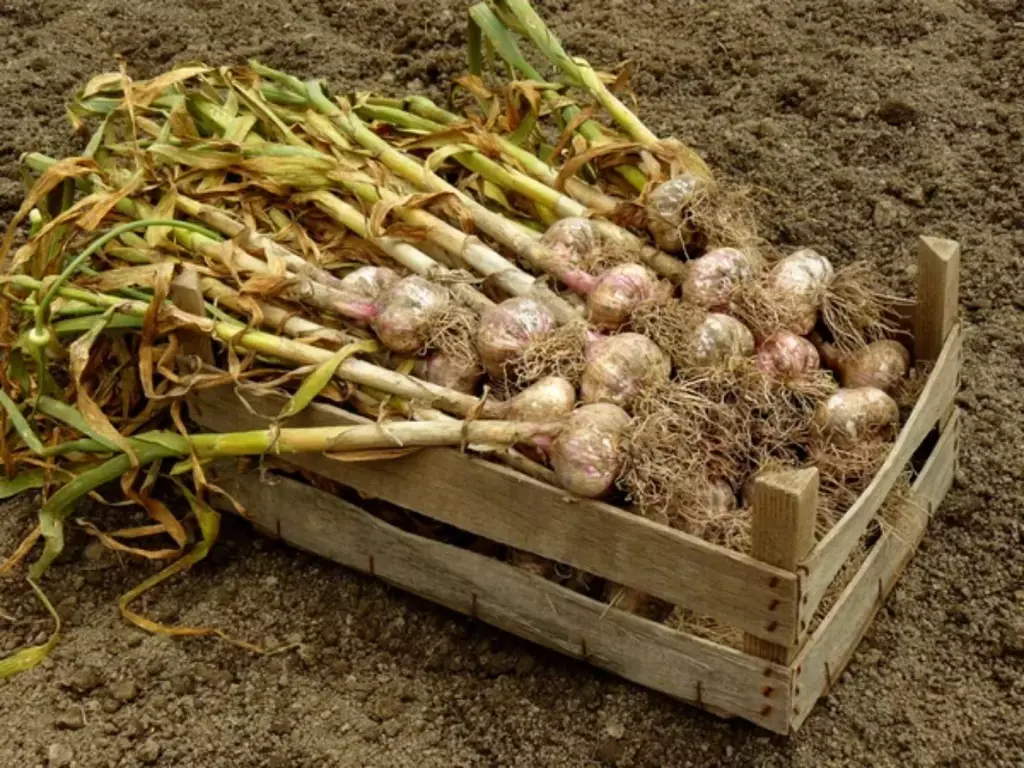
Yields can vary significantly based on multiple factors:
- Soil type: Loamy soil is ideal
- Weather: Garlic thrives in cool temperatures
- Garlic variety: Some are more prolific than others
To reach these high yields, your cultivation methods need to be precise. Fertilization schedules, watering routines, and disease management all play crucial roles.
How Much Garlic Do You Get per Plant?
When you're planting garlic, understanding the yield per plant helps with planning. For each garlic plant, you can generally expect:
| Garlic Type | Cloves per Bulb |
|---|---|
| Hardneck | 4-12 |
| Softneck | 6-18 |
The yield per plant can vary based on factors such as the garlic variety and growing conditions. Additionally, the size of each clove within a bulb can differ, influencing the overall yield.
Each garlic clove you plant will typically develop into a full bulb after maturation, so you can employ these figures to estimate the number of bulbs you'll harvest.
Remember that your actual yield will depend on how diligently you tend to your garlic plants and the quality of your soil and weather conditions throughout the growing season.
Factors Affecting Garlic Production
When you start garlic farming, your production can be influenced by various environmental and management factors.
Soil quality affects garlic yield
Garlic thrives in well-draining soil with a rich supply of organic matter. The soil pH should ideally be between 6.0 and 7.0. Ensuring a proper balance of nutrients is crucial.
| Nutrient | Role | Ideal Amount |
|---|---|---|
| Nitrogen | Leaf growth | Moderate |
| Phosphorus | Root growth | Moderate |
| Potassium | Plant health | Moderate |
Consistent irrigation can influence the harvest amount
Effective water management is key. Too little water can stress plants, while too much can cause bulb rot. A consistent, appropriate irrigation schedule is beneficial for healthy growth.
Pests and diseases can cause yield decline
Vigilance in managing pests and diseases can prevent crop loss. The use of chemicals or pesticides should be judicial, adhering to safety and environmental guidelines. Regular scouting for signs of pests or diseases can help you take action swiftly.
Climatic conditions can also affect garlic yield
Garlic requires a specific range of temperatures to develop properly. It's cold-hardy but also needs a period of warmer weather before harvesting. Check out this article for the ideal climate for garlic to flourish.
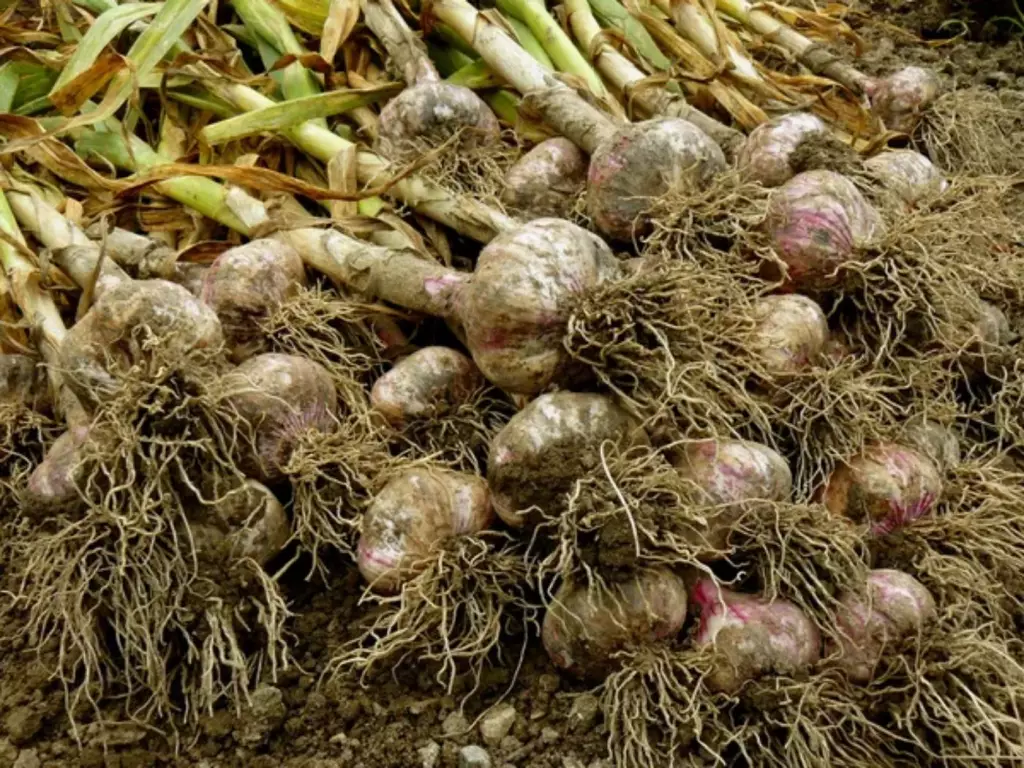
Farming Practices to Enhance Yield
To achieve a bountiful garlic harvest, certain farming practices can be pivotal. These range from soil preparation to rigorous pest management.
Soil preparation and planting techniques
Before planting your garlic, ensure your soil is rich in organic matter and has good drainage. Conduct soil tests to determine nutrient levels and pH balance - garlic thrives in soil with a pH between 6.0 and 7.5.
You can enhance soil fertility by adding aged manure or compost, which should be worked into the soil several weeks before planting. Raised beds can help with drainage and reduce the risk of waterlogging.
Key steps for planting garlic:
- Soil enrichment: Amend soil with compost/manure.
- Soil testing: Check for pH, nitrogen (N), phosphorus (P), and potassium (K) levels.
- Bed formation: Construct raised beds to improve drainage.
- Clove planting: Plant cloves pointy end up, 2 inches deep and 6 inches apart.
Tips for proper crop management
Proper fertilization is essential for the development of robust garlic bulbs. Apply a balanced NPK fertilizer according to your soil test recommendations to promote strong stem and leaf growth.
Throughout the growing season, garlic requires consistent moisture; therefore, regular irrigation is necessary, especially during dry spells.
- Key fertilizer types: Organic options like fish emulsion or slow-release granular fertilizers.
- Irrigation tips: Use drip irrigation for efficiency and to reduce leaf wetness, which can lead to disease.
Pest and disease control
Garlic, like its relative the onion, can fall prey to various pests and diseases. Regular monitoring for signs of distress in your crop, such as discolored leaves or stunted growth, can help detect issues early.
Use appropriate pesticides judiciously and consider integrated pest management (IPM) techniques to minimize pest impact while preserving beneficial insects.
Common garlic pests and diseases:
- Pests: Onion thrips, nematodes
- Diseases: White rot, botrytis
Prompt application of organic or synthetic pesticides can protect your garlic against these threats. Always follow application guidelines carefully to ensure the safety of your crop and the environment.
Profitability Estimates From Garlic Production
Your earnings from garlic production can fluctuate based on the price per pound and production costs. Market prices for garlic have averaged around $1.50-$2.00 per pound. Given optimal conditions, yields can vary from 10,000 to 15,000 pounds per acre.
| Size of Garlic Farm (acres) | Average Yield (pounds/acre) | Price Per Pound ($) | Gross Income (Range $) |
|---|---|---|---|
| 1 | 10,000 - 15,000 | 1.50 - 2.00 | 15,000 - 30,000 |
Profitability hinges on effectively managing production costs which can include expenses such as seed, fertilizer, labor, and equipment.
Marketing your garlic through multiple channels, such as farmers' markets, restaurants, or roadside stands, can help you reach the fresh market and diversify your income streams.
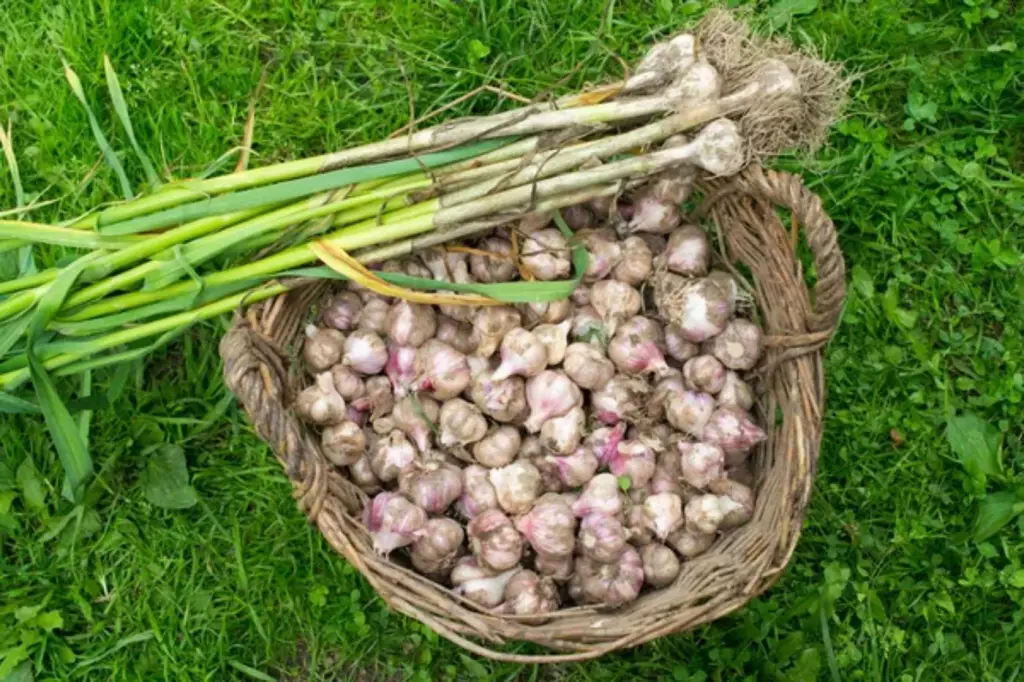
Entering the garlic market could be profitable if you focus on specialty varieties not commonly found in supermarkets or grocery stores. Such varieties often command higher prices and faceless competition.
The demand for your garlic is influenced by factors like marketing strategies and the creation of a strong consumer base seeking quality produce.
Remember, your local market's dynamics are vital. Research your area to see if there is room to diversify and meet specific market demands. Keep a close eye on the market trends for the best return on investment.
